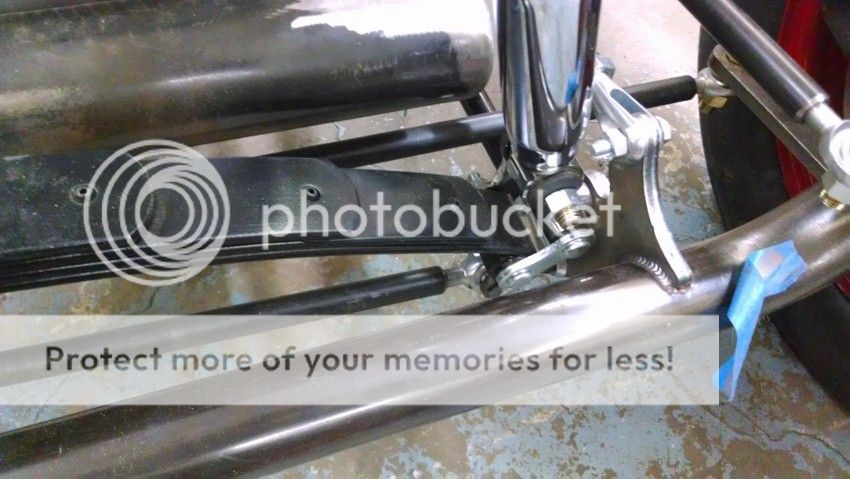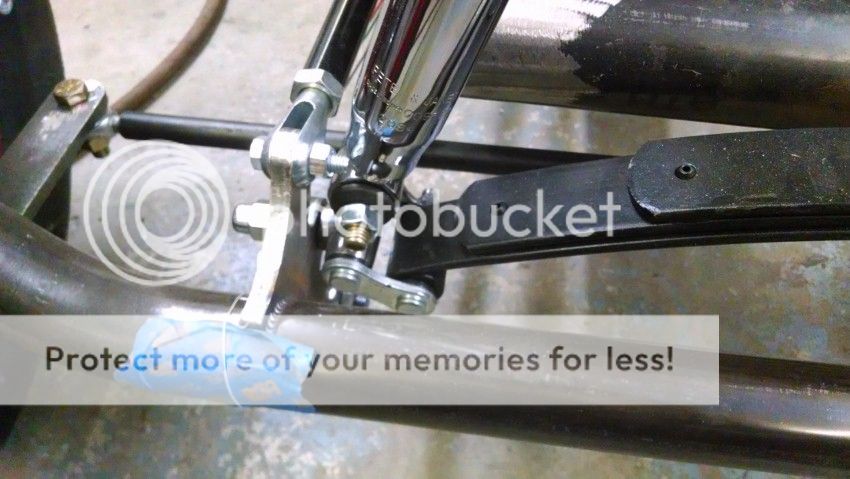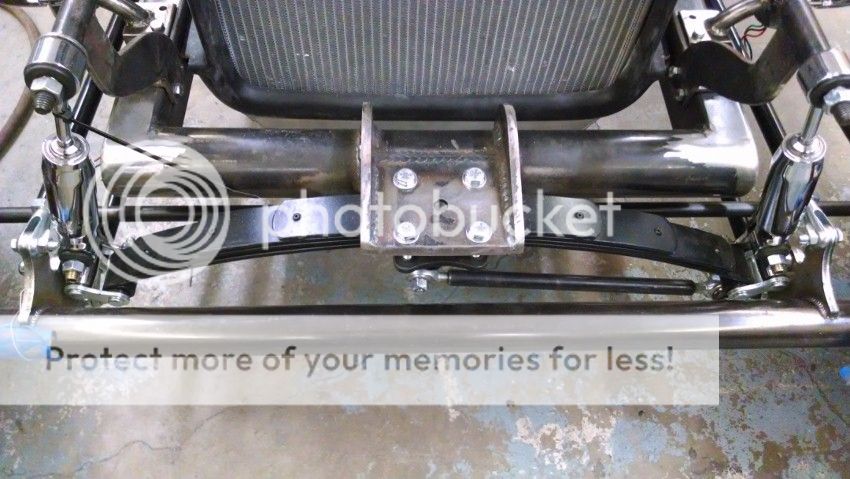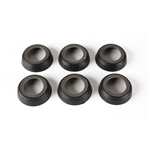Thanks George, that's a lot of good info. I found several rod ends I like at the Aurora and FK links you posted, but I wasn't able to find pricing for either company. I don't think they sell to the public. About Seals It, I visited their site earlier today, and the seals I found for 1/2" ends work out to about $4/end. That adds a lot to the cost of refurbishing the links, and it's almost twice the cost of the seals at Midwest. The rod ends at Midwest are also reasonable; 1/2" rated for 16,000 lbs run about $6.50 ea. for qty of four (drag link + tie rod). The only thing I'm not sure about is the nylon liner. Nylon is a pretty soft plastic, so I'm concerned about longevity. I might want to speak with them about this before ordering. That's a good idea about contacting Speedway, but at this point, it might not be worth pursuing. Their 1/2" Precision ends are $9 ea., and if I add the cost of Seals It seals (because the Speedway seals don't fit), I'm at $13 per end. That's starting to get a little pricey, and I still have to buy four 5/8" ends for the radius rods.
FWIW, I usually don't quibble about spending money on parts like this. However, I've already spent much more since I bought the car than I ever thought would be necessary. Unplanned items over the last three months have included all new wheels and tires (defective), and I just spent over $2K replacing the transmission. By the time I'm done with all the maintenance items - plus the upgrades I originally planned in order to make this more streetable, such as a top - the cost will probably be half again as much as I paid for the car. It's all my fault for not doing more due diligence, but what's done is done. So as not to be misunderstood, I'm not complaining, I really love this car. I drive it to work every chance I get, even when it's 35* outside. I just don't want you to think I'm targeting low cost as the first priority. If there's a valid reason to spend more, especially for safety-related parts like heims, I'll do it. Otherwise, I need to contain the expense as much as possible. So, at this point, I'll probably go to Midwest for these items. It depends on the issue regarding the nylon liners. I don't want to have to do this again for at least 25,000 miles.

Jack







